
A thatched roof is one of the quintessential visual icons of life in the tropics. It has been the roof of the working family’s home for… well, since humans met palm fronds.
Workers in fields distant from the farm home may also throw up a quick thatch-roofed lean-to called a guano to use temporarily while tending crops and fending off wildlife marauders looking for a veggie dinner.
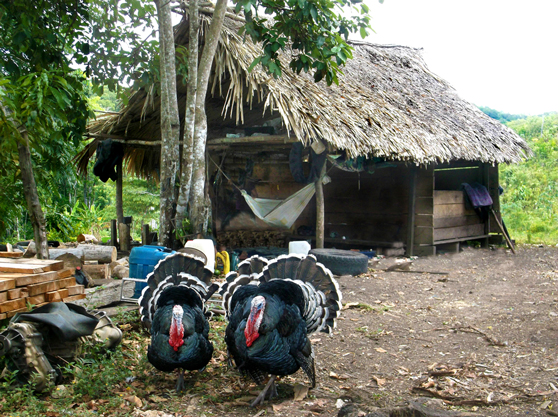
For the hard-working subsistence farmer with nearby access to the kind of palm fronds which make good solid roofs, the only thing needed is labor, whereas a tin (zinc, actually) roof, will cost several hundred dollars and is also difficult to transport any distance into the bush. It’s an easy choice.
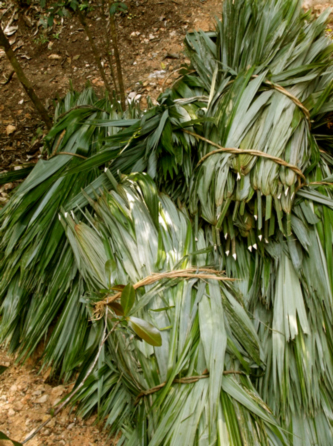
But in Belize, thatched roofs these days are not the roof of choice for the average family. Zinc roofs generally last longer, are less labor intensive, and can be built by someone without thatching experience – and experience is definitely needed to design and build a solid thatch roof that won’t leak and will last a decade or more.
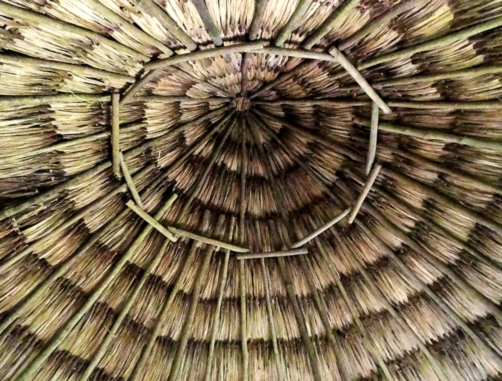
If you can’t harvest the fronds and build it yourself, a thatched roof may cost more than any other kind of roof because the fronds are not as plentiful as they once were and the labor deserves a fair wage.
Additionally, it will need replacement sooner than a metal roof. Resorts often use thatched roofs to give their lodges ambience and beauty – and they definitely do that, but at a higher price.
Belize has two main kinds of thatching palms, the bay leaf palm and the cohune palm. In this part of Belize the bay leaf palm is most commonly used, while cohune fronds are used in southern Belize. Each makes a very different style of roof. In our area of western Belize, you’ll probably only find bay-leaf thatchers.
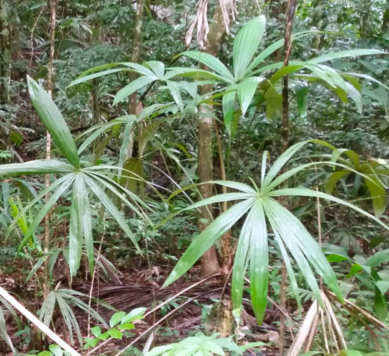
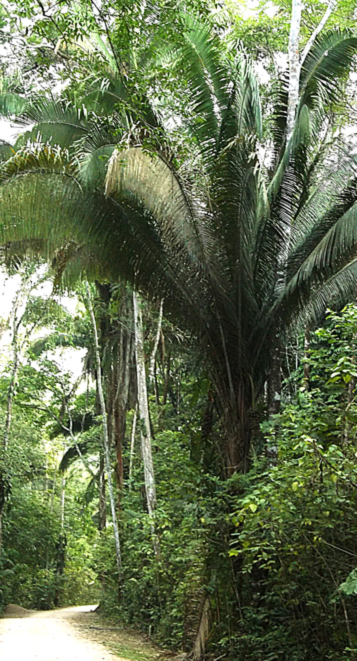
If you decide your roof should be decorative rather than practical (hey, nothing wrong with that!) the images here show the slope necessary to allow rain to drain off the roof.
Advice from residents is that if the roof is to last more than a two or three years, it must be steep so that rain will quickly run off.
As well, packing the fronds in tightly is necessary to keep rain from seeping in and rotting the fronds. If you are quoted a price for a thatched roof, make sure the craftsman understands you are requiring those two things, then watch to make sure the fronds get tightly packed when being inserted into the rafters.
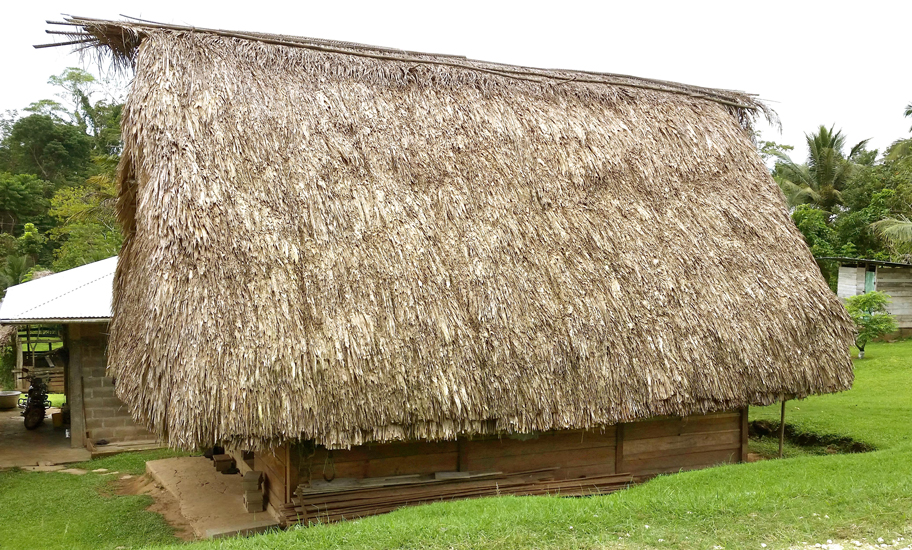
Otherwise you may be stripping off soggy, rotten, ant-infested thatch two or three years later. With the proper slope and thickness, your thatched roof should be beautiful and functional for years to come.